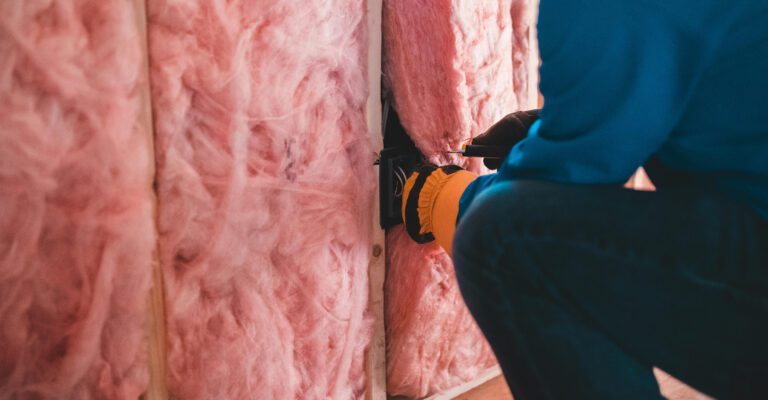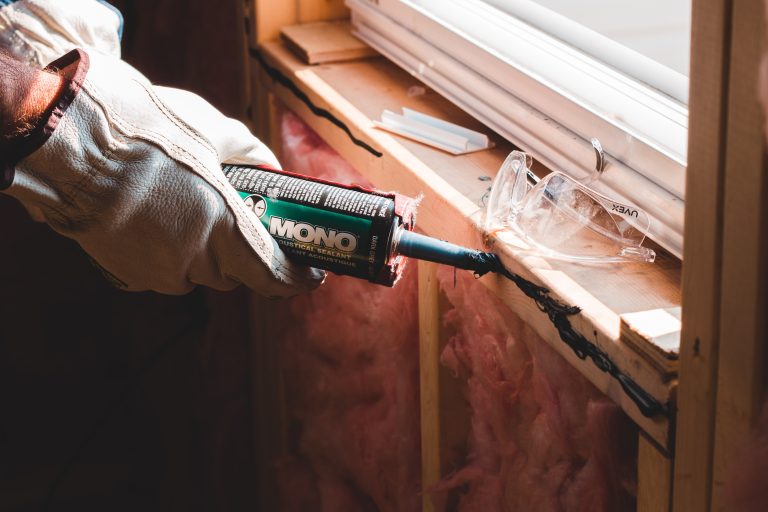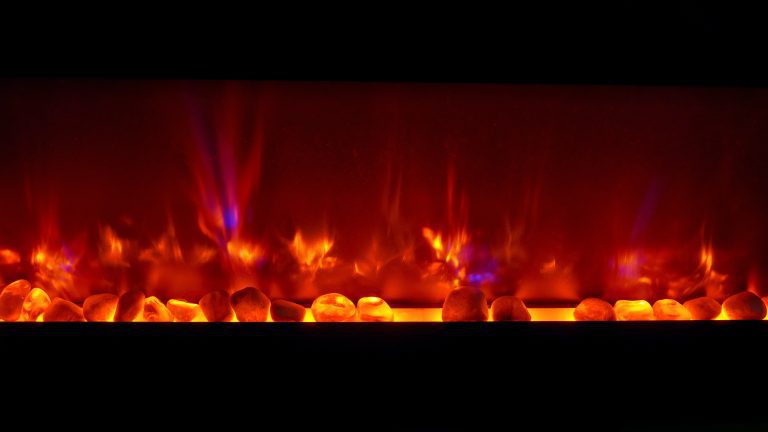6 DIY Ways to Insulate Your Home This Winter
Without proper insulation in your home, you could be spending a lot more money on your heating bill this winter. If your furnace doesn’t heat your home efficiently, or if you’re having to use a space heater, this can also cause a spike in your electricity bill.
Having insulated walls is the best and most effective way to insulate your home in the winter. However, if you are looking for ways to insulate your home quickly in the winter, or if getting professional insulation in your home just isn’t in your budget, here are Geo-Insulation’s 6 DIY ways to insulate your home this winter:
- Hang Thick Curtains over your Windows
- Plug up your Chimney
- Cover Bare Wooden Floors
- Repair Air Leaks in Your Home
- Cover Drafty Doors with a Draft Snake
- Seal Your Drafty Attic
1. Hang Thick Curtains over your Windows
Blackout curtains help contain heat in bedrooms throughout your home. There are plenty of affordable options out there, but if you want to keep your existing curtains up, you can add a cheap PVC or fleece liner. During the day, make sure you keep your curtains open to allow natural heat to warm up your home and close the curtains once the sun goes down to keep that warmth in.
2. Plug Up Your Chimney
Whether or not you are using your fireplace this winter, there is a chance you could be losing a lot of heat from it. If the Fireplace Damper (the top opening of the chimney) is open or damaged, or if the flue doesn’t seal properly, this can cause your heating bill to spike up to 30% higher. Chimneys that aren’t in use can be plugged with a chimney balloon, which helps prevent warm air from escaping. Chimney balloons are special balloons covered in laminate that inflate and seal the inside of a chimney. You can make your own chimney balloon using some basic household items or you can purchase one for about $50.
Always make sure you remove the balloon before starting any kind of fire in your chimney!
3. Cover Your Bare, Wooden Floors
If you have wooden floors in your home, heat can escape through the cracks, while homes with carpet throughout can save anywhere from 21% on heating bills in the winter. If you don’t have carpets, you can use rugs throughout your home to help keep some of that air from escaping, and they also help keep your toes warmer. Quality carpets are made up of fibers that have a low heat conduction rate that traps air, making it well insulated.
4. Repair Air Leaks in Your Home
Go around your home to see if you can find air leaks in any windows and doors. Using weatherproofing strips, caulking, or even window insulation kits, you can seal the leaks easily and quickly.
5. Cover Drafty Doors with a Door Snake
You can use buy or create a “door snake” that sits at the bottom of your door and blocks the cold air from entering. your home. Door snakes can be made at home with common household materials such as pillow stuffing, socks, and rice or popcorn kernels. You can find he
6. Seal Your Drafty Attic
In most homes, a lot of the heat escapes into and through the attic. Having your attic insulated with foam or other materials by a professional is one of the best ways to insulate your home, but there are ways you can insulate it yourself. A reflective foil is cost-effective and setting them up on your attic roof factors will allow heat to reflect off the rafters and back down into your home’s living space.
Any time or financial investments you make this year should provide a nice return on investment for years to come. While it is a one time expense, you’ll enjoy the savings, and be warmer and cooler over the long haul. In addition to these tips and tricks, we recommend having a professional inspect your home for insulation and to ensure it is in optimal condition and to make sure your home is insulated for the winter. You can read our article here about how insulation is also important for keeping your home cool, especially in these summers here in San Antonio. Give us a call at Geo-Insulation today at (210) 848-5658 or visit our website to learn more about different kinds of insulation and which solution is best for your home.







